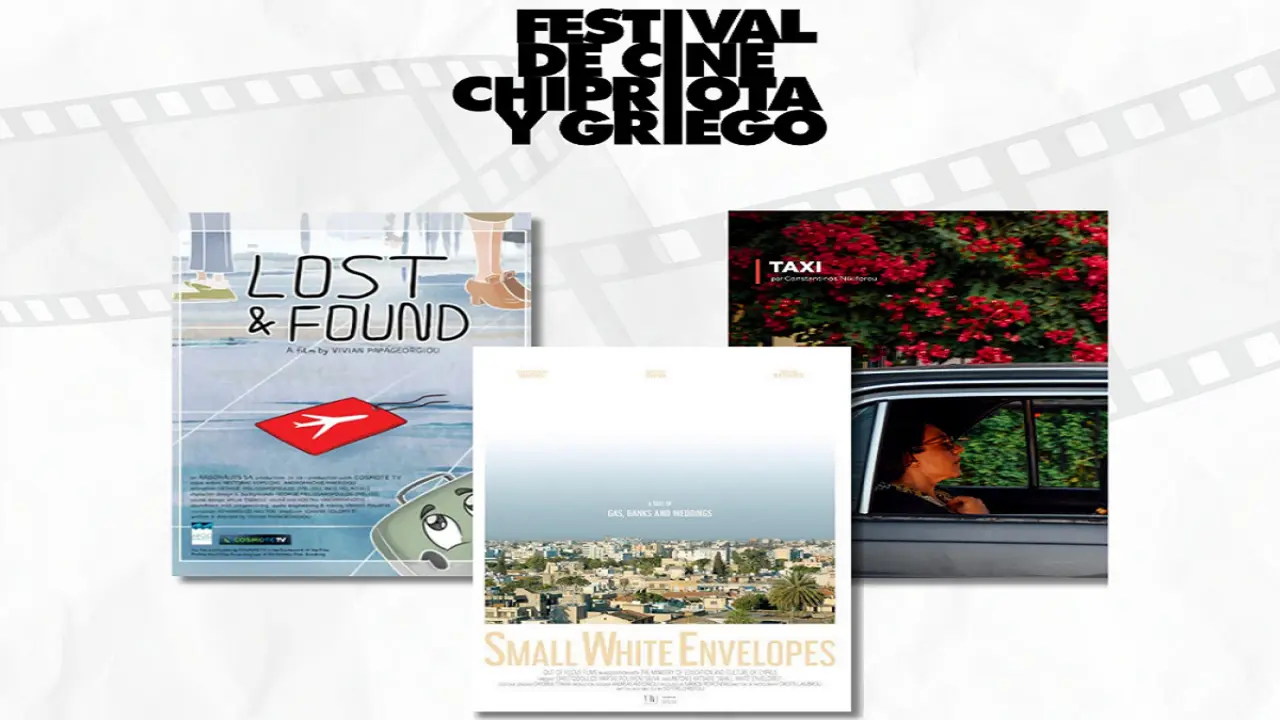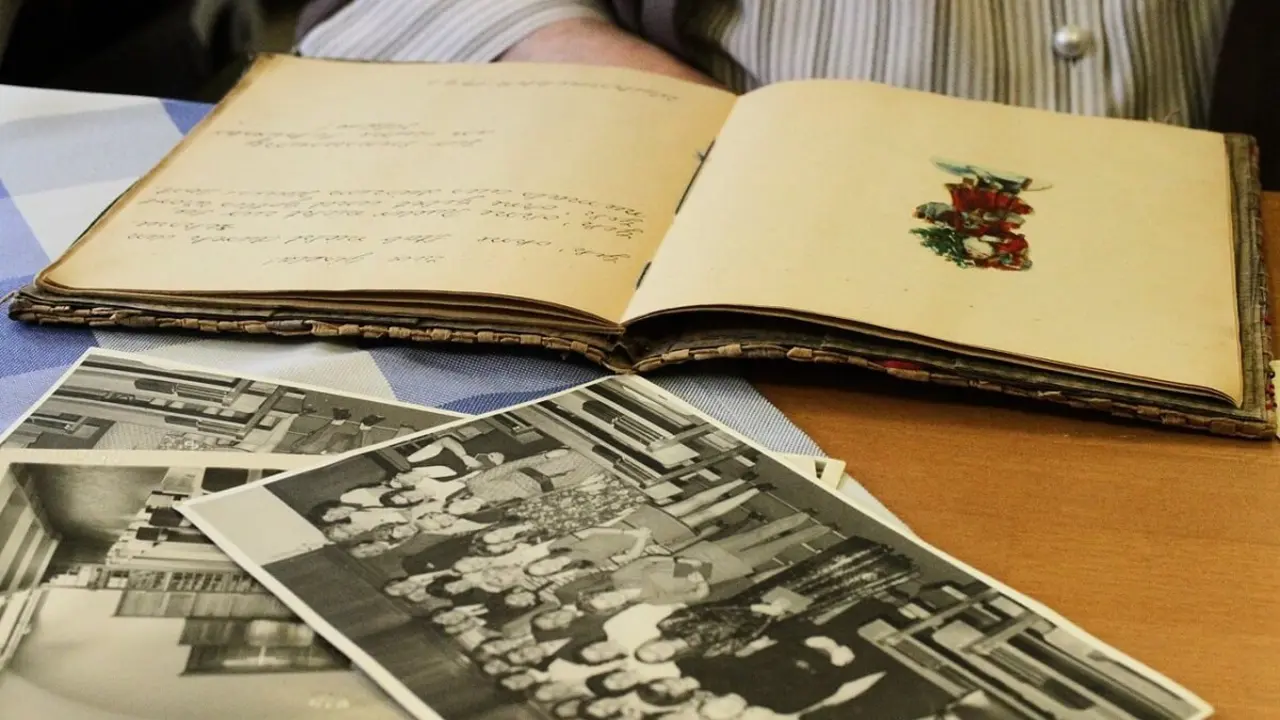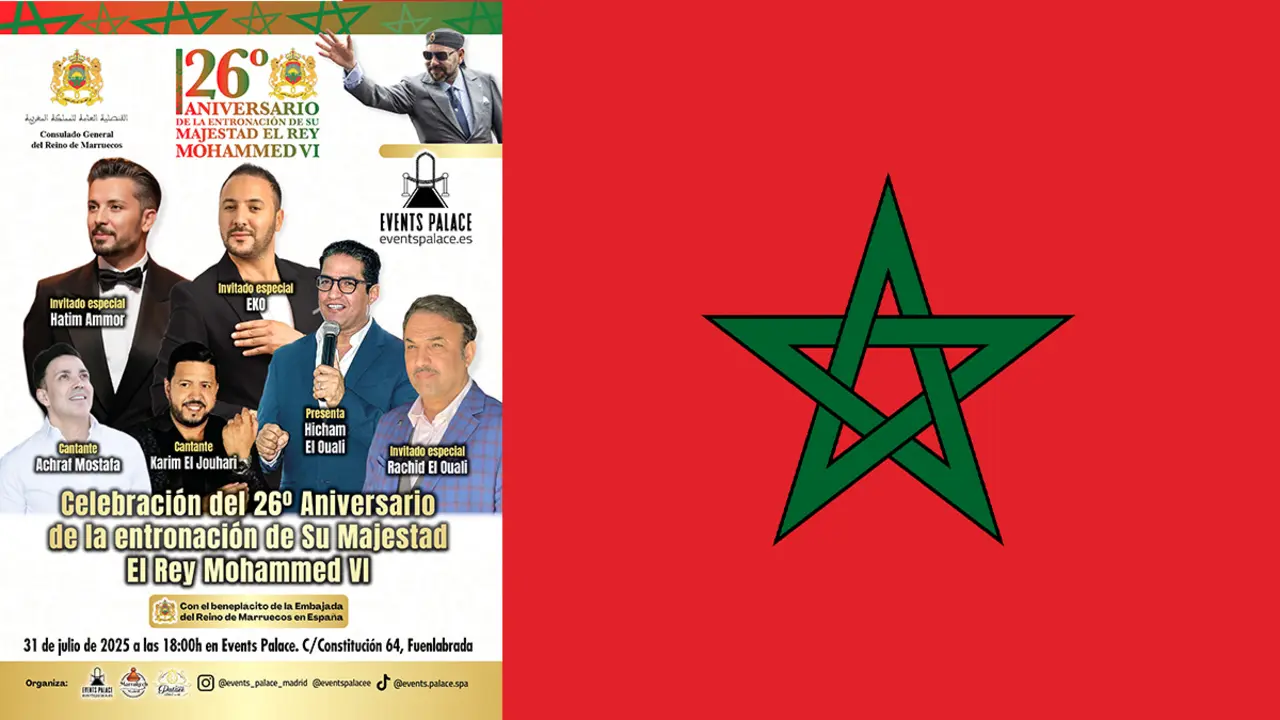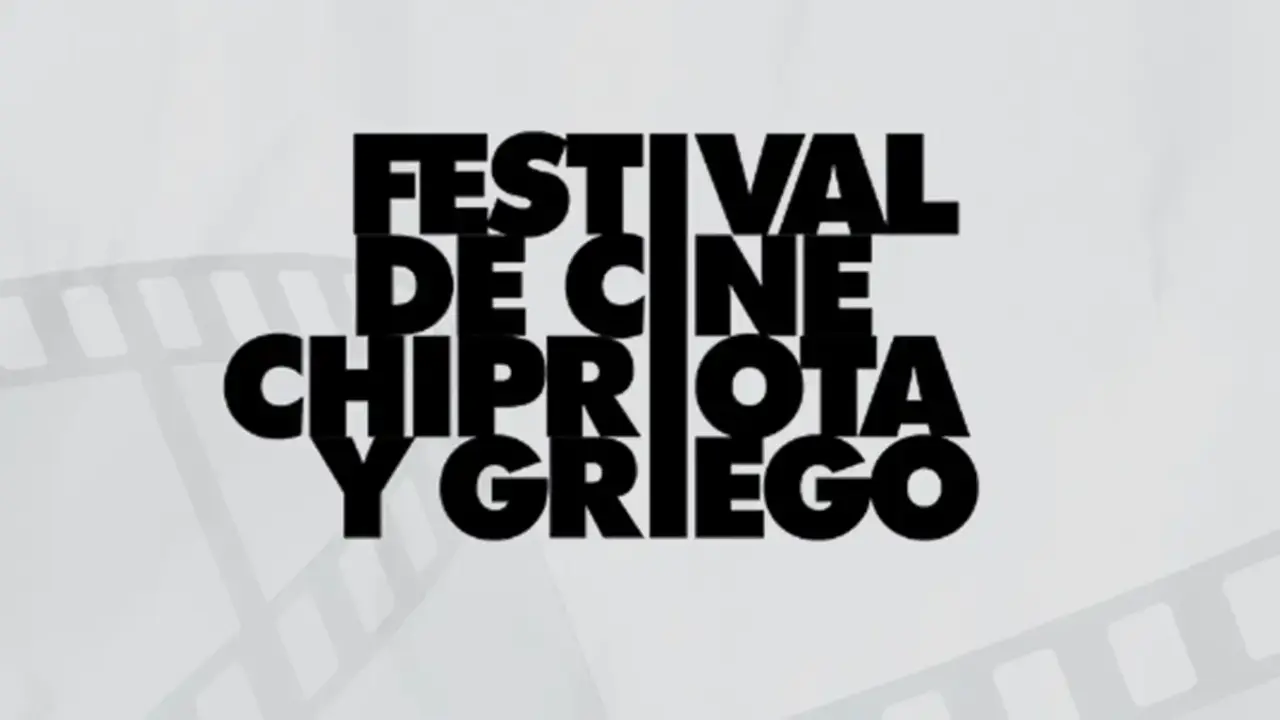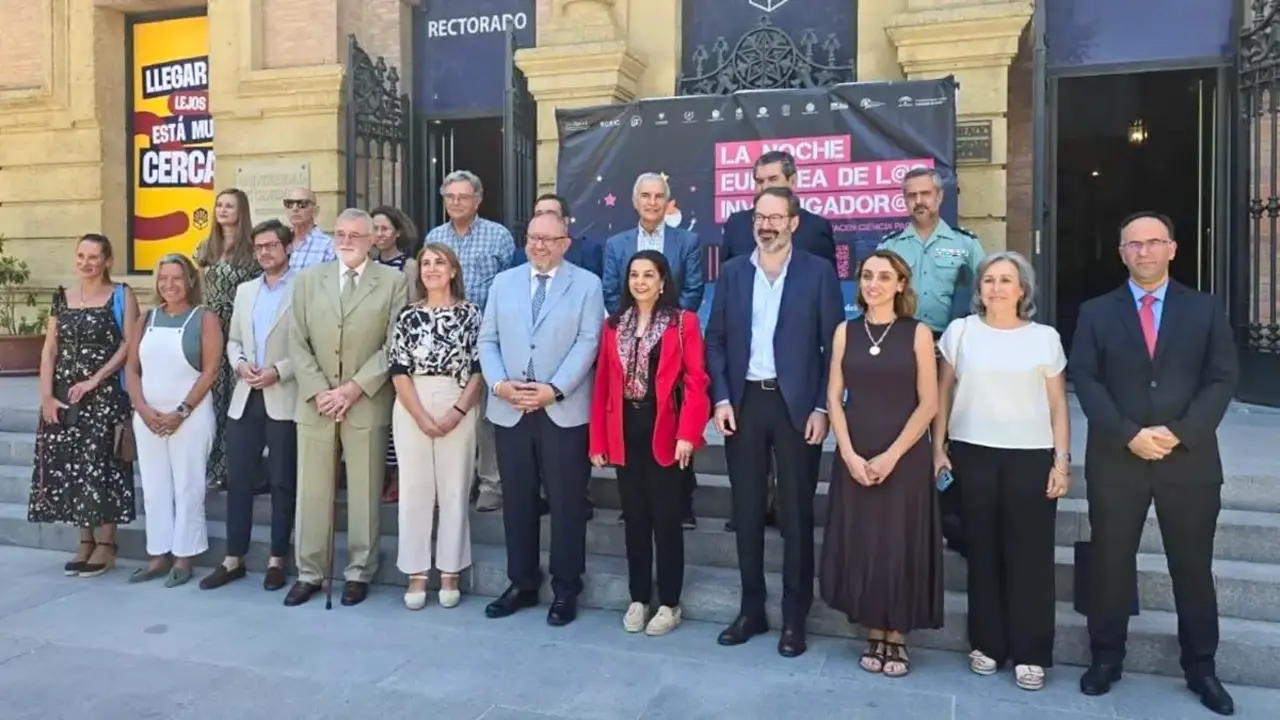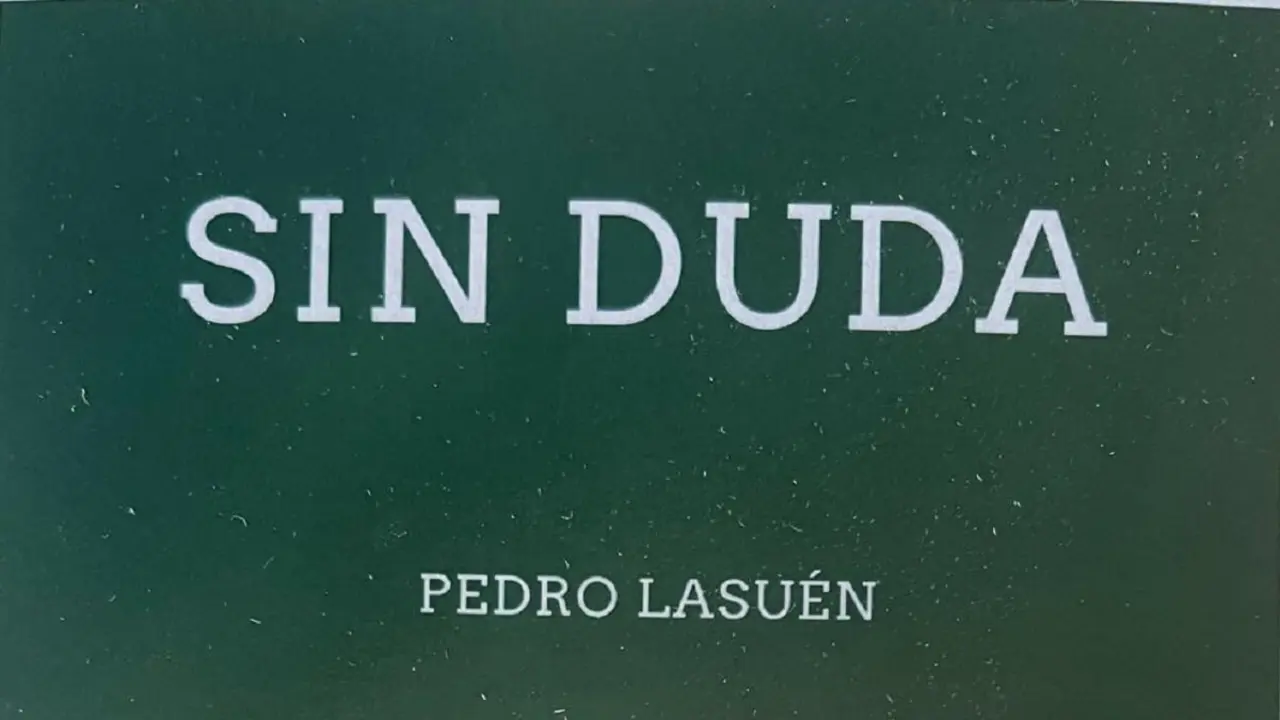CosmoCaixa presents NEO, an innovative programme combining science, technology and art

'New', 'recent', 'renew', 'look beyond', 'to be discovered', the prefix neo accompanies a whole world of names and adjectives that focus on that which transforms, mutates and establishes differences with what is known. The new forms of knowledge that cross science, art and technology are NEO's backbone.
The "la Caixa" Foundation presents the first NEO night at CosmoCaixa, a new stable programme for a restless public who love scientific, technological and artistic proposals, which will bring together some of the best national and international creators who are setting trends on the current scene. The proposals will be carried out with all the health and safety measures applied by the centre due to the current pandemic situation.
On 19 March, from 6 p.m. onwards, CosmoCaixa will open its doors until 10 p.m. and will host different proposals for the first NEO day so that lovers of science, technology and art can choose from a varied offer designed to satisfy their interests. Dance, audiovisual projections, planetarium programmes and talks will make up the rich and varied programme of this day.
In addition to participating in the NEO initiatives, the public will also have the opportunity to visit the Universe Hall, where they can take an exciting journey through science, from the big bang to the latest frontiers of knowledge, or visit the temporary exhibition 'Print3D. Reprinting reality'. To guide visitors and resolve any doubts that may arise during the visit, CosmoCaixa will be reinforcing the presence of educators until 10 pm.
The new NEO programme will transform various areas of the Museum into stages for dance, music and video art, as well as meeting places to discuss current issues with creators and artists in a changing world, in which science and technology play an important role.
Geometry will be the protagonist of the first NEO day. Mathematical functions - and geometry in particular - will be very present in the proposals of the artists, who use them as the raw material for their creations.
Alba G. Corral and Desilence, with music by Rob Clouth, propose a large-format projection on a wall of the museum. The brushes and canvases of these artists are computer code and trigonometry. A generative mapping that pays homage to the - often forgotten - great female scientists of history. The artists complete the show with a short talk about their creative process and their relationship with science, art and technology.
The dance company Géométrie Variable will stage geometry in moving bodies, hypnotising the audience with their fascinating choreographies. The evening will be complemented by Onionlab's projections: journeys of geometric shapes and transformations that will take on great depth in the Planetarium's dome.
NEO Night is a new way of approaching knowledge and artistic scientific creation, giving visibility to national and international groups that, through art and technology, address scientific questions in a radically contemporary language.
In order to facilitate visitor access, CosmoCaixa recommends that visitors plan their visit in advance by booking or buying tickets on the website https://cosmocaixa.org/es/neo to check availability. In this way, visitors will be able to secure access to the hall, which currently has limited capacity due to health and safety measures.
Likewise, all the shows, projections and activities programmed at CosmoCaixa will apply the hygiene, safety and capacity measures foreseen in the official protocols.
19 MARCH, FROM 6 p.m.
At 8 p.m., 8.30 p.m., 9 p.m. and 9.30 p.m.
Mapping: The Witch of Agnesi, Those Women Who Knew Too Much, by Alba G. Corral and Desilence
This show by Alba G. Corral and Desilence, with music by Rob Clouth, pays tribute to women scientists who have been forgotten, silenced and undervalued throughout history.
From Hypatia to Margaret Hamilton, via Ada Byron, Margarita Salas and Emmy Noether, these women have left an essential legacy for the understanding of science and for the techniques currently used in audiovisual art. To highlight their contributions, the show La bruja de Agnesi ( The Witch of Agnesi) reviews iconic formulas, using aesthetic and calculus elements to create a mapping on a CosmoCaixa façade.
The name of the piece, based on the theorem of Agnesi's curve - initially believed to have been discovered in 1748 by the prestigious mathematician Maria Gaetana Agnesi - and which unfortunately was confused in translation for a witch- serves as a tribute to all those women who knew too much and were silenced. It is made clear that it was not she who discovered this theorem. For this reason, the title is paradoxical and points to all those silenced theorems or studies that had been authored by women.
At 7.30 p.m. and 9.30 p.m. (2 sessions)
Dance performance: Labora extracts, by Géométrie Variable
Five dancers search for different combinations by trying out equations in duos, trios or quartets to devise new formulas and geometric shapes together. This is the basis of the dance performance presented by the company Géométrie Variable.

Géométrie Variable is a group with a unique dance style, exploring shapes and lines in which the most important thing is the connection, which allows them to create magic in their geometric, visual, hypnotic and poetic universe.
They will present excerpts from their piece 'Labora', in which infinite angles and variables meet and provoke a stylistic effect. The company explores popping techniques - urban dance with muscle and joint techniques consisting of small contractions of body parts to the rhythm of music - and tutting - dance that explores the body to create geometric positions and movements, especially with right angles, defining movements similar to the inner mechanics of a clock -.
Choreographers: Sadeck Berrabah and Ammar Benbouzid.
Dancers: Sadeck Berrabah, Ammar Benbouzid, Kanon Zouzoua and Jibril Maillot
At 6, 7, 8, 8 and 9 p.m.
Screenings at the Planetarium
Axioma, by Onionlab
'Axioma' is a fulldome piece that interprets geometry as a branch of mathematics that deals with the study of the properties of geometric figures: points, lines, planes, curves, surfaces, polygons, etc. It is an immersive audiovisual proposal through geometric shapes and transformations. Axioma is a fascinating journey that takes us to different stages of dimensionality, from the zero-dimensional point, through one-dimensional lines, two-dimensional planes and three-dimensional volumes at N scale, to infinitely complex geometric figures.
Activity produced and directed by Onionlab

Paradox, by Onionlab
'Paradox' is a time travel in fulldome format in which travellers are trapped in a loop of events that predestines them to continue travelling through time. Ontological paradoxes are situations that occur in time travel creating casual contradictions. This immersive audiovisual piece makes us reflect on the uncertainty of the future. From the present, we start a journey into the future to get in touch with information that can change our past. In this way, we enter a temporal paradox that transports us to the beyond.
Time travel has always been fascinating from the point of view of science fiction, logic, physics or even philosophy. Paradoja's visuals consist of complex structures, imaginary spaces and time machines that help to transport the audience on a journey of experiences and sensations.
Activity produced and directed by Onionlab

A single session, at 8.30 p.m.
A conversation with the artist Alba G. Corral and Rob Clouth
Alba G. Corral, visual artist and international reference in this discipline, explains what her creative process consists of. In her talk, she will discuss her use of trigonometry as a basic resource for movement and oscillation. She will talk about her career and how she mixes art and science in the process of production and research, drawing with numbers, from code to generative graphics and the animated brush.
Multidisciplinary musician Rob Clouth will explain that, to create his album Zero Point, he uses data captured by a laboratory in Australia that makes real-time measurements of the zero-point energy field.
In this process, quantum physics, randomness and music come together through a quantum mechanical concept called the zero point energy field, a weak, static background present throughout the universe. Zero-point energy is the lowest energy that a quantum-mechanical physical system can possess.

